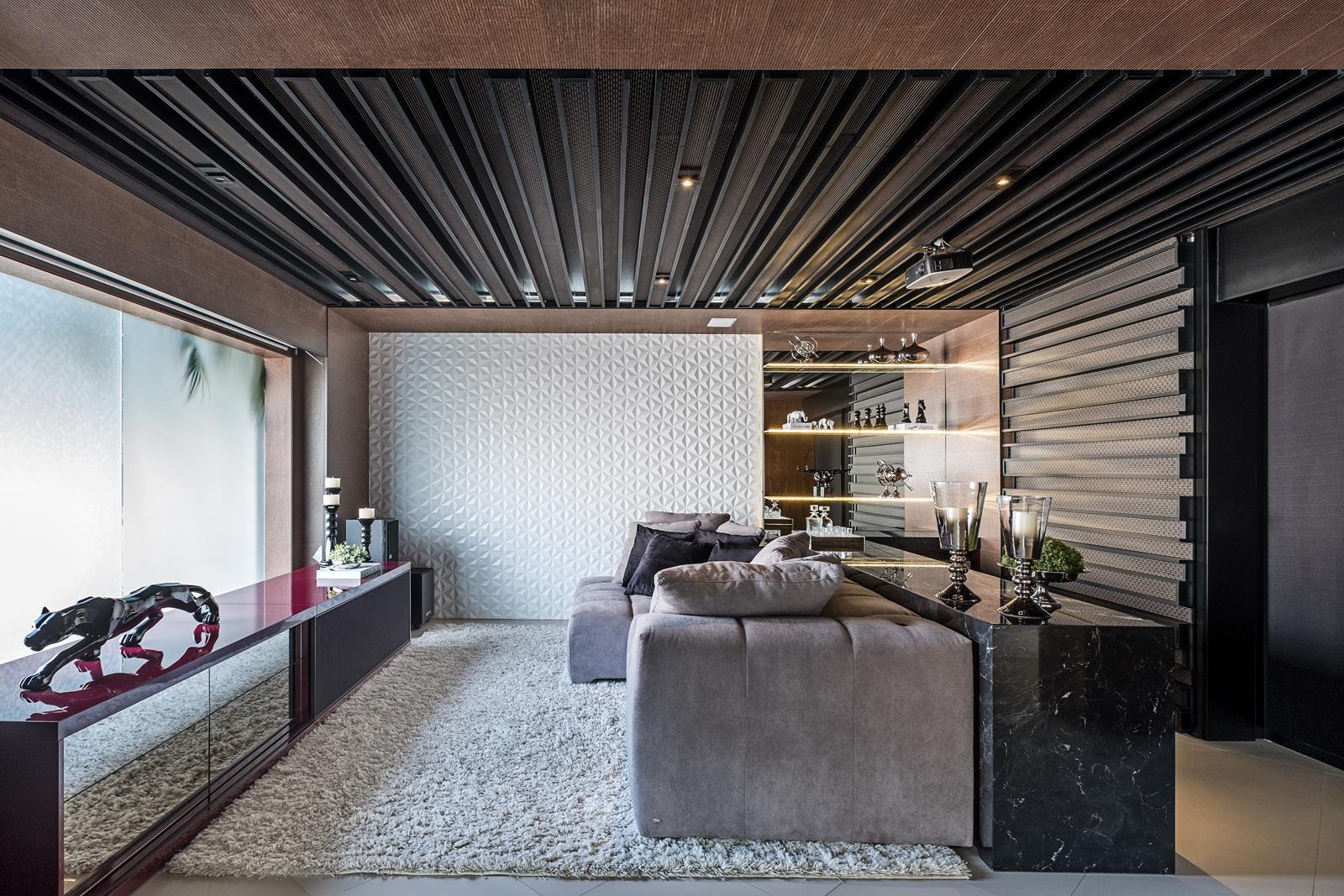Noise-free space is a guarantee of more quality of life and productivity
It can’t be seen, but it’s easily perceived. Defined as an undesirable sound, the noise varies in its composition in terms of frequency, intensity, and duration.
But the damage it usually causes to the body can often be permanent and go beyond the direct effects on hearing ability.
There is a lot of research that proves that noise pollution can cause, in addition to hearing loss, irritation, sleep and mood changes, cardiovascular diseases, digestive problems, altered blood pressure, and loss of cognitive performance in children (learning difficulties, for example).
Therefore, concern about this theme in homes, commercial establishments, and corporate environments has increased in recent years. And it’s not in vain.
The World Health Organization (WHO) estimates that 10% of the world’s population is exposed to noise levels that can cause health damage.
Therefore, the architecture and decoration market began to offer some paths that point to the acoustic protection necessary for a better quality of life and productivity.


According to professionals in the field, there are two ways to make a space quiet, and that are often confused: soundproofing and acoustic comfort. If the issue is external noise or the transmission of noise from one space to another, it is necessary to work the soundproofing.
In this case, the solutions involve structural renovation, such as double walls, acoustic doors and windows, resilient blankets, among others.
In the case of the ceiling, the finish with a smooth and polished surface favors the reflection of the sound, distributing it throughout the space. To eliminate this problem, simply coat it with porous materials, such as expanded melamine acoustic plates; or add suspended panels.


Modern acoustic liners, in addition to eliminating unwanted echoes and sounds, also assist in the tasks of embedding lighting, disguising beams, and creating incredible aesthetic and luminous effects.
For every need and space, there is a solution. The tip is to stick with the option that offers better composition with the decor of your space.
This same principle can be applied to other surfaces, such as walls.
There are several popular ideas about how decoration, frames, bookshelves, and other elements can help break the sound waves.
But if the noise level is too high, it is best to opt for acoustic panels that have been developed specifically for this function.
Another alternative is the drywall, which should receive among its plaster plates some anti-noise material, such as mineral wool (rock or glass), polystyrene foam, and plastic or rubber blankets.
This strategy usually provides walls more resistance to external noise, however, will consume about 10cm of space. In addition, there are models on the market that can offer an excellent aesthetic finish.


Acoustic barriers
There is also the option of attenuating noise by making simple acoustic barriers. For example, vertical gardens, when strategically positioned, can prevent the reflection of sound by absorbing these external noises.
Now, if the source of the noise is internal, there are several materials that facilitate the absorption of sounds and, believe me, many of them are already present in most homes or companies: curtains, carpets, upholstery, cushions, blankets, fabrics, paintings and some types of furniture.
Bookshelves, for example, can help with this task. Carpets or carpets provide a more “muffled” space, and, together with cushions and blankets, perform well the function of preventing the spread of medium and high-pitched sounds, such as conversations or cries of children, reducing the echo. Meanwhile, curtains, in addition to preventing overlighting, are allied when it comes to softening sounds, provided they are made with more thicker fabrics. At the end, these items make your décor more beautiful and cozy.


Flower arrangements also work well, as the effect is the same as that of plants placed in the vertical garden. Even applying wallpaper makes a difference, because the fibers are more flexible and soft than the raw wall. If it has texture and ribs, even better.





